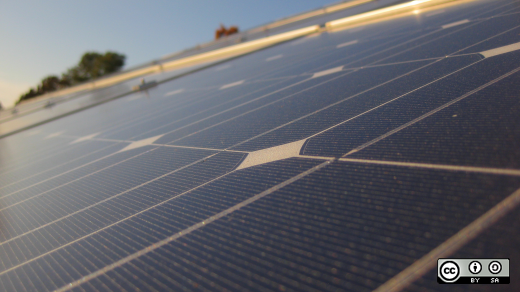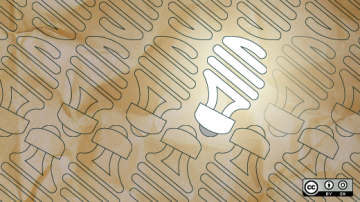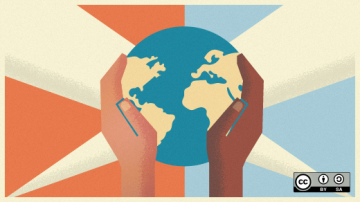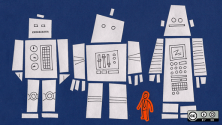Humanity depends upon the energy furnished by our environment. Without powerful energy sources, we would not be able to digitally communicate with people from anywhere and feel as if we're in the same room.
According to the 2019 edition of the BP Statistical Review of World Energy, we are still heavily relying on non-renewable energy sources such as coal, gas, and oil (by a share of 85%) to maintain our lifestyle. The slight 8% share renewable resources represent is obviously not sufficient to match today's queries. With that knowledge, at what price are we leading this lifestyle? We're meeting the needs of the present, but are we compromising the ability of future generations to meet their needs?

Photo by NASA on Unsplash
Former US Senator and advocate for sustainability Tim Wirth once stated, "Energy is essential for development, and sustainable energy is essential for sustainable development." In order to achieve sustainable development, I do believe that a fast energy transition is required—the fastest ever. While historical transitions between major energy sources have occurred, most of these shifts lasted over a century or longer and were stimulated by resource scarcity, high labor costs, and technological innovations.
In practical terms, how can the open source community contribute to this energy change? How can you contribute to the solutions that will actually make things change?
Most of us want to have a serious positive impact on the environment, one that would be memorable and would make us proud of our work.
Education
Indeed, as Nelson Mandela once said, "education is the most powerful weapon which can be used to change the world."
On a local scale, there are open source initiatives that promote education concerning green energy sources. One great initiative is Collective Open Source Hardware, or cos(h), which promotes open source education and hardware as a way to build a more sustainable future.
The initiative presents open educational resources about hardware projects which aim to spread the joy of building functional energy systems, such as a Solarbox. This joy can be shared by teachers in fab labs, schools, and universities, building a generation of active citizens.
Entrepreneurship
One might also say that entrepreneurship can significantly impact the environment; one of the greatest examples of this category being Tesla.
In the words of its founder Elon Musk, the goal of the company is to "accelerate the advent of sustainable transport by bringing compelling mass-market electric cars to market as soon as possible." The company not only made a part of its cars open source, but it also did the same with its patents, catalyzing the rapid growth of the electric vehicle market.
A second interesting initiative in this category is Skavenji, a French startup created in 2016. Skavenji aims to facilitate the production of energy at home, making it about as easy as growing tomatoes on a balcony.
The company aspires to create "energy makers" by offering an ecosystem that allows them to generate energy at home. Its solution consists of a box supplied with a small solar panel that connects to small sources of electricity. It also includes an open source mobile app and platform that aims to create a community of enthusiasts who devise, construct, test, use, and spread new solutions for the microgeneration of electricity.
Foundation
A third option for contributing to the green energy transition is to join a foundation, such as the Linux Foundation of Energy. The LFE aims to grow and sustain open source in the energy and electricity sectors by bringing together different actors in the industry.
It acts as an umbrella to multiple complementary projects, such as the Grid eXchange Fabric (GXF) for controlling and monitoring smart devices, and the Resilient Information Architecture Platform for Smart Grids (RIAPS) for building effective, secure, and powerful distributed smart grid applications.
The foundation aspires to build the "Internet of Energy" using only renewable energy sources such as wind, solar, and hydraulic. The added value consists of a common core between infrastructures to make communication easier between different operators since all the existing technologies are proprietary.
Some may say that there is no innovation since there already exists a network of energy. However, the real change concerns the numbers of nodes implied, since every home will be able to produce and share his green energy.
An urgent change
All in all, most of the elements for leading a green energy transition are within our grasp. In our quest for a more sustainable world for future generations, we can have a huge impact by acting on one of the three sectors presented above. By behaving responsibly and not rushing the changes, we will start stepping towards the dream world as it was stated by Greta Thunberg in this article.
But we must recognize that we do not have a backup Earth to consume after this one. Let's remember the Native American proverb, "We do not inherit the earth from our ancestors; we borrow it from our children."









Comments are closed.